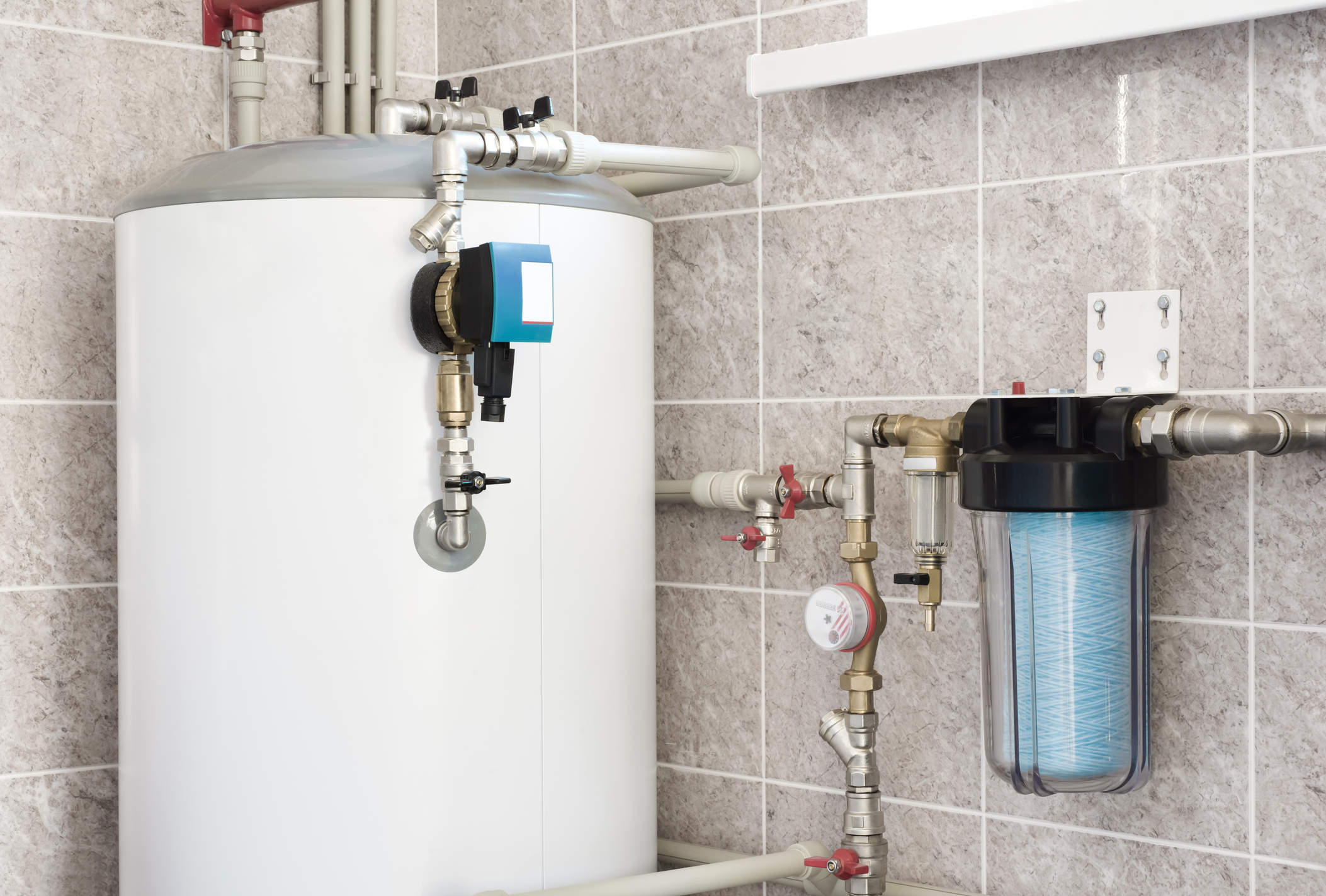Important Guidance on Caring for Your Home's Hot Water System
Important Guidance on Caring for Your Home's Hot Water System
Blog Article
What are your thoughts about Water Heater Maintenance Tips You Can't Afford to Forget?

Hot water is essential for day-to-day comfort, whether it's for a refreshing shower or cleaning recipes. To ensure your warm water system runs effectively and lasts longer, normal maintenance is vital. This post supplies practical pointers and insights on just how to maintain your home's warm water system to avoid disturbances and expensive fixings.
Introduction
Keeping your home's hot water system could seem daunting, yet with a couple of straightforward steps, you can guarantee it runs smoothly for years ahead. This guide covers every little thing from understanding your warm water system to DIY maintenance pointers and recognizing when to call in expert help.
Value of Maintaining Your Hot Water System
Routine upkeep not only expands the lifespan of your warm water system but additionally ensures it runs efficiently. Ignoring upkeep can result in lowered efficiency, greater energy expenses, and also premature failure of the system.
Indicators Your Hot Water System Demands Upkeep
Understanding when your warm water system requires attention can stop significant issues. Look out for indications such as irregular water temperature level, odd sounds from the heater, or rusty water.
Comprehending Your Warm Water System
Before diving into upkeep jobs, it's helpful to understand the fundamental components of your hot water system. Normally, this consists of the hot water heater itself, pipelines, anode poles, and temperature controls.
Monthly Upkeep Tasks
Regular monthly checks can help capture minor problems before they rise.
Purging the Hot Water Heater
Purging your hot water heater gets rid of debris build-up, improving effectiveness and extending its life.
Checking and Replacing Anode Rods
Anode rods avoid rust inside the storage tank. Examining and changing them when worn is vital.
Checking and Readjusting Temperature Level Setups
Changing the temperature setups makes sure optimum efficiency and safety and security.
Do It Yourself Tips for Maintenance
You can execute a number of maintenance jobs yourself to keep your hot water system in top problem.
Checking for Leaks
Regularly check pipes and connections for leaks, as these can bring about water damage and greater costs.
Examining Pressure Alleviation Valves
Examining the stress safety valve ensures it functions appropriately and prevents excessive stress accumulation.
Protecting Pipes
Insulating warm water pipelines minimizes warm loss and can save power.
When to Call a Specialist
While DIY maintenance is beneficial, some concerns call for expert competence.
Complicated Issues Calling For Expert Help
Instances consist of major leaks, electric problems, or if your hot water heater is constantly underperforming.
Routine Professional Upkeep Advantages
Professional upkeep can include detailed assessments, tune-ups, and guaranteeing compliance with safety and security requirements.
Conclusion
Routine maintenance of your home's warm water system is important for performance, long life, and cost financial savings. By following these pointers and understanding when to look for expert aid, you can make sure a dependable supply of warm water without unforeseen disturbances.
How to Maintain an Instant Hot Water Heater
Before tinkering with your hot water heater, make sure that it’s not powered on. You also have to turn off the main circuit breaker and shut off the main gas line to prevent accidents. Also turn off the water valves connected to your unit to prevent water from flowing into and out of the appliance. 2. When you’re done, you have to detach the purge valves’ caps. These look like the letter “T†and are situated on either side of the water valves. Doing so will release any pressure that has accumulated inside the valves while at the same time avoid hot water from shooting out and burning your skin. 3. When the purge valves’ caps are removed, you have to connect your hosing lines to the valves. Your unit should have come with three hoses but if it didn’t, you can purchase these things from any hardware or home repair shops. You can also get them from retail stores that sell water heating systems. Read the user’s manual and follow it to complete this task properly. When the hosing lines are connected, open the purge port’s valves. 4. You should never use harsh chemical cleaners or solutions when cleaning your unit. Make use of white vinegar instead. It should be undiluted and you’ll probably use about 2 gallons. 5. Now flush your water heater. This task should probably take about 40 minutes. We can’t give you specific directions for this because the procedure is carried out depending on the type, model and brand of your heater. With that being said, refer to the user’s manual. 6. When you’re done draining the unit, you have to turn off the purge port valves again. Remove the hosing lines that you earlier installed on each of the water valves. Put the valve caps (purge port) back in their respective places and be very careful so as not to damage the rubber discs that are found inside these caps. 7. Now that everything’s back in place, check your user’s manual again to find out how to reactivate your water heating system. 8. Once it is working, turn one of your hot water faucets on just to let air pass through the heater’s water supply pipes. Leave the tap on until water flows smoothly out of it. https://www.orrplumbing.com/blog/2014/september/how-to-maintain-an-instant-hot-water-heater/

I ran across that blog posting about Tips For Maintaining Your Hot Water Heater when doing a lookup on the internet. Liked our piece of writing? Please share it. Help somebody else locate it. Thanks a bunch for your time. Come back soon.
Schedule Appointment Now Report this page